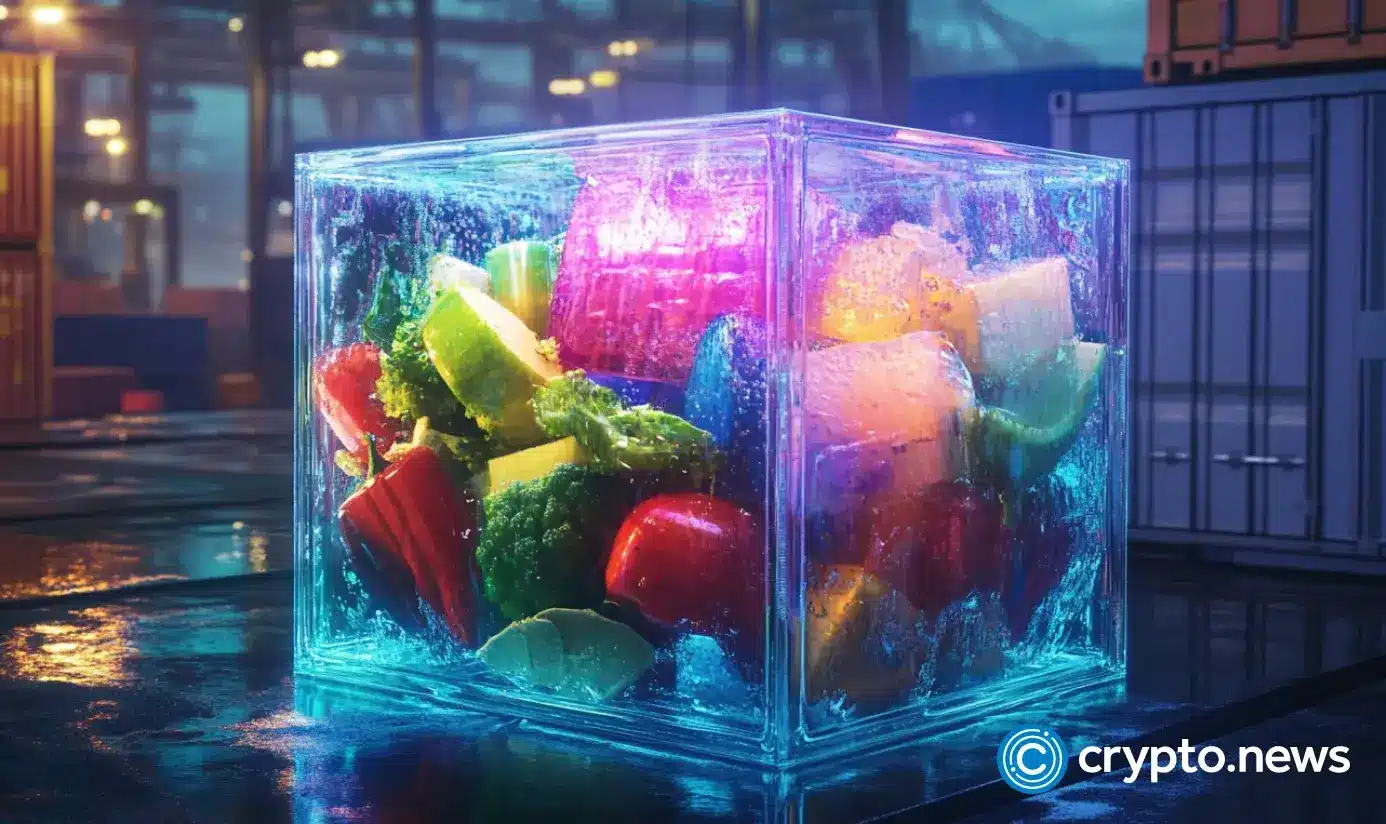Disclosure: The views and opinions expressed here belong solely to the author and do not represent the views and opinions of crypto.news’ editorial.
Online food deliveries are projected to grow to $1.85 trillion by 2029—and that’s good news literally for nobody, from restaurants to everyday foodies. Seriously, the web2 food delivery industry is one of the most broken things out there, a prime example of how a middleman barges in to make things harder for everyone. As it happens, this makes for a perfect use case for web3 and decentralized physical infrastructure networks, more precisely, one putting web3 at the core of a service used by billions around the globe.
The vicious cycle
So, what exactly makes food deliveries so horrendous, you might ask? Well, it all comes down to the fees.
Consider this: Your everyday multi-restaurant delivery app would charge a fee of up to 30% for its services. This fee is to be paid by the restaurant, covering the use of the platform as well as, optionally, things like marketing and promotions. The problem is, though, that while restaurants often operate at a 2x-3x markup, that’s to mitigate their extremely high overhead. When you have to cling to solvency so desperately, anything that cuts into your profits—like the delivery app’s fee—bites you badly.
The immediate solution is simple—to throw these costs at the buyer instead. A delivery would cost you about 20% more than dining in, which doesn’t sound fun, does it? Well, delivery companies think so too, which is why they often strong-arm restaurants to keep the prices you see on the app consistent with what you’d pay at the premises. This obviously does little to solve the original problem, which is why the usual outcome is that prices simply go up across the board, both on the app for dining in.
Of course, the users aren’t too happy about the hikes, and understandably so, as they are left picking up a pretty disproportionate bill for a bit of convenience. So, they do a reasonable thing—they cut down their use of delivery apps. As a matter of fact, they also dine out less, which amps up the pressure on the restaurants even further. The couriers, or “partners,” as the apps prefer to refer to them, also have few reasons for joy, as they don’t exactly get the lion’s cut from the services.
The final chord of this drama brings us to the delivery services themselves, which are… barely making any money. Locked into a bitter struggle for market dominance, companies are dishing out countless billions on marketing, promotions, discounts, and anything else that brings them more users. Truly, it’s an industry that is at war with itself at every step of the way, which is a clear sign of an unsustainable business model.
The web3 solution
The above is a great example of how much chaos and misery a middleman can create by barging in between the provider and the buyer. Does this have to mean that we should forget about ordering our well-deserved Friday pizzas? Well, no. We just need a more sustainable business model behind the app that delivers it. And DePIN is just the model the industry needs.
For all of its key stakeholders, from restaurants to stay-at-home foodies, the DePIN-powered delivery experience would be largely the same. You still log on to the app, browse the menu, order whatever catches your eye, and have it delivered by an independent courier. The main difference is you don’t have to pay as much since there is technically no middleman.
What is there is rather a decentralized marketplace where restaurants offer real-world goods directly to the customers. Instead of the gargantuan fee of a web2 platform, all they have to pay is the DePIN’s network fee, which is considerably lower. This enables them to offer food at lower prices without having to sacrifice their profits—if anything, those will likely go up.
On the other end of this equation are the users, who get to enjoy the same food at lower prices. This incentivizes them to use the service more often, further amplifying the restaurants’ revenues. The couriers also get to benefit from this, earning rewards for deliveries via transparent and trustless smart contracts. And, of course, in best web3 traditions, the community, including all of the stakeholders, can have a say on how the service operates through token-based governance. This community-focused growth model, along with reduced prices, spares the project the need for a bloated marketing budget, instead letting the service speak for itself.
With the rise of DePIN, the world is at a pivotal moment—a moment when Web3 has a real chance to make a real impact on how we do some of the most everyday things. The food delivery industry is a perfect use case here, with its Web2 middlemen creating an unsustainable vicious circle, and the DePIN model gives it a chance to break the loop and reinvent itself in a more sustainable way. The opportunity is there, and things are cookin’—it’s time for the big change.
This article was co-authored by Max Thake and Bas Geelen.





